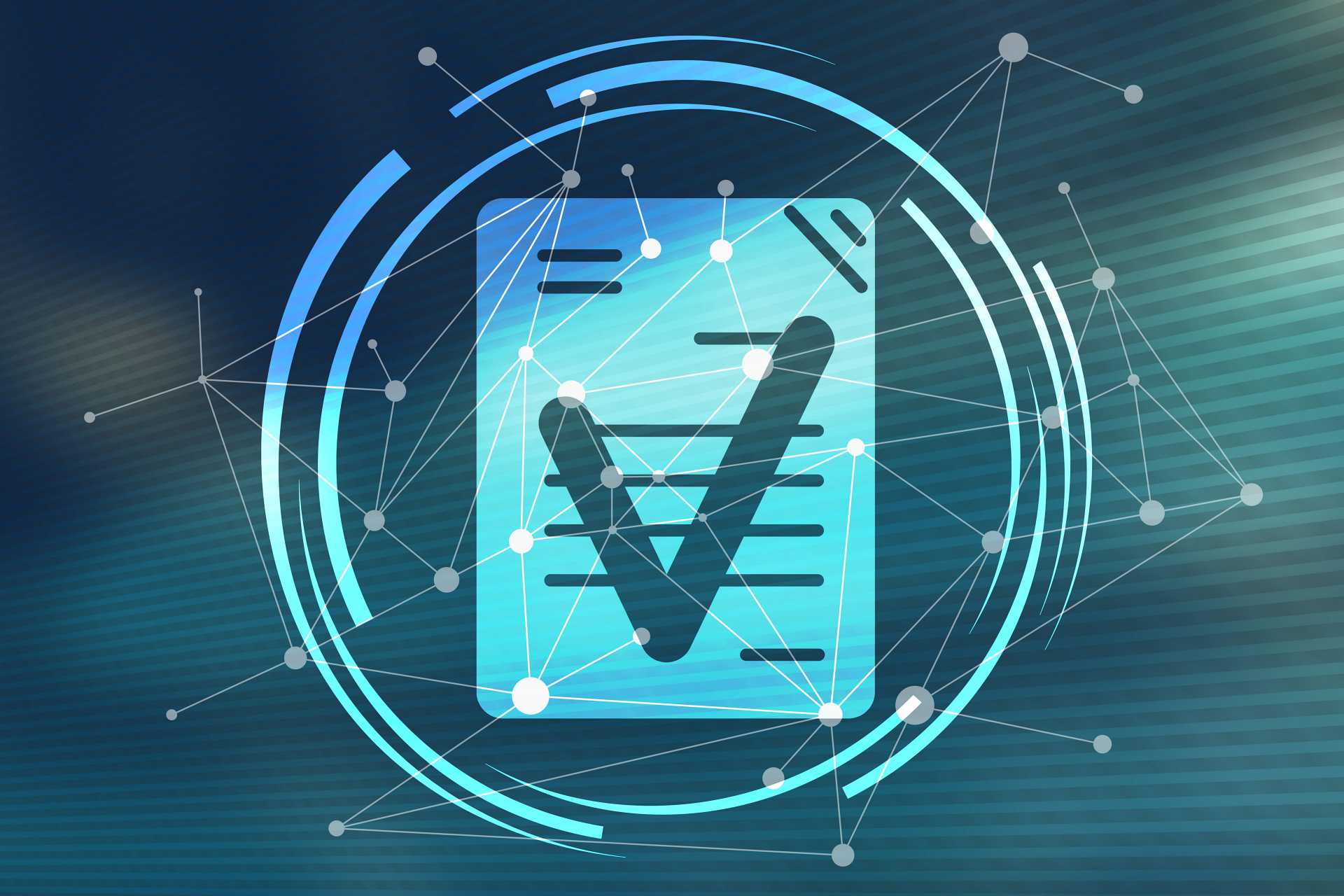What is a time stamp and how is it created?
The digital transformation has marked the transition from analogue to digital which for companies takes the form of the adoption of new tools, such as the time stamp also known as electronic time stamping.What is the time stamp for? Electronic time stamping (timestamp) is a service offered by an Accredited Certifier, called Time Stamp Authority (TSA), which allows you to associate certain and legally valid date and time with a digital document.
Thanks to the affixing of time stamps, it is therefore possible to demonstrate the date of creation of the IT document, guarantee its validity over time and certify that the signatory’s ID is valid at the time of signature. It should also be remembered that adding the time stamp extends the time validity of the document beyond the duration of the digital signature (20 years).
The electronic time stamp, as established by Article 20, of the Administration Code (CAD), is enforceable against third parties, or the deed is also valid against third parties and not just the parties. Furthermore, the time stamping service can be used both on files that are not digitally signed, thus conferring legal validity and a certain temporal location, and on electronic documents on which the digital signature is affixed to certify that the document had a specific form in that precise moment.
A timestamp is a sequence of characters obtained by applying a computer algorithm, called hash function, to the file: the function generates a particular type of computer fingerprint (hash fingerprint), i.e. a sequence of letters and digits that uniquely identifies an electronic document. The hash imprint is determined by its content and this means that if the content is changed, even minimally, the hash value also changes immediately.
In addition, the time stamp can have different formats:
- TSR format (Time Stamp Response): time stamp inserted in a separate file;
- M7M format: contains both the evidence of the time stamp (the file with TSR format) and the file itself subjected to marking
- TSD format (Time Stamped Data): time stamp associated with the document;
- PDF format: it is the best known and generally used format due to the possibility of incorporating both the digital signature and the time stamp.
What does a time stamp contain?
A timestamp contains the following information:
- Identification of the issuer;
- Time stamp serial number;
- Time stamp subscription algorithm;
- Identification of the certificate relating to the time stamp verification key;
- Time reference of the generation of the time stamp;
- Identification of the hash function used to generate the imprint of the computer evidence subjected to time validation;
- Footprint value of IT evidence.
Time stamps and SMEs: 5 benefits for small and medium-sized enterprises
Time stamps are one of the indispensable tools for corporate digitalization which in a constantly evolving market is considered one of the most important challenges for companies that want to remain competitive.
Here are the five benefits of time stamping for small and medium-sized businesses:
- Convenient and cost-effective: electronic time stamping reduces paper processing costs and time, making workflows more efficient and reducing errors. In addition, it cancels the costs of paper and analog stamps;
- Simple to use: temporally certifying a document is simple as you just need to use your own computer. Time stamps must be used when it is necessary to attribute an absolutely certain time reference to an IT document, such as, for example, in the case of medium-long term loans, advance requests on supplies / exports, contracts, orders and electronic invoices;
- Legal value: the affixing of time stamps allows you to establish the existence of an IT document from a certain instant and guarantee greater security, transparency and legal value. Furthermore, the date and time contained in the time stamps are legally enforceable against third parties in court.
- Extension of validity: time stamps offer the possibility of extending the validity of an IT document over time, beyond the expiry date of the digital signature certificate;
- EU Regulation 910/2014: time stamps are also valid at European level as they comply with the eIDAS (electronic IDentification Authentication and Signature) regulation – EU Regulation No. 910/2014 on digital identity.
Time stamps: Namirial solutions
To be able to affix the time stamp it is necessary to have purchased a time stamps batch.
Here are the time stamps solutions offered by Namirial:
- 100 time stamps
- 500 time stamps
- 1000 time stamps
- 5000 time stamps
If the proposed packages are not suitable, it is possible to request a trade agreement to obtain a personalized offer.








